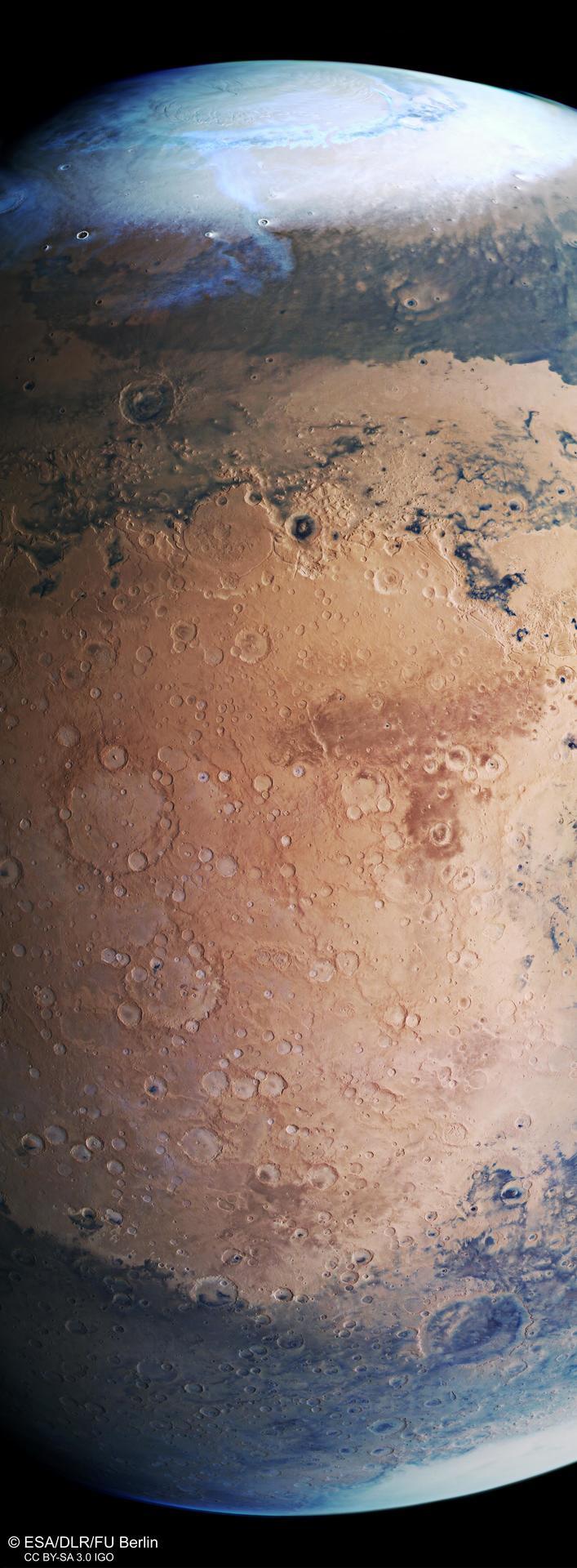Cygnus Wall

Cygnus Wall
More Posts from Chbnb and Others

The milky way in WA Australia


Stunning New Images of Jupiter From NASA’s Juno Spacecraft (read article here)

The Full Moon of 2021 via NASA https://ift.tt/3FWxNTm
Every Full Moon of 2021 shines in this year-spanning astrophoto project, a composite portrait of the familiar lunar nearside at each brightest lunar phase. Arranged by moonth, the year progresses in stripes beginning at the top. Taken with the same camera and lens the stripes are from Full Moon images all combined at the same pixel scale. The stripes still looked mismatched, but they show that the Full Moon’s angular size changes throughout the year depending on its distance from Kolkata, India, planet Earth. The calendar month, a full moon name, distance in kilometers, and angular size is indicated for each stripe. Angular size is given in minutes of arc corresponding to 1/60th of a degree. The largest Full Moon is near a perigee or closest approach in May. The smallest is near an apogee, the most distant Full Moon in December. Of course the full moons of May and November also slid into Earth’s shadow during 2021’s two lunar eclipses.
(Published January 01, 2022)

星河坠落 By - 眯眼缄默

A “Mão do Deserto”, escultura no Atacama, Chile. Na foto, tentando alcançar a Via Láctea. . “The Hand of the Desert”, a sculpture at Atacama, Chile. In this picture, it tries to reach the Milky Way. . Credit: Kiko Fairbairn @kikofairbairn . #hand #desert #mao #deserto #atacama #atacamadesert #chile #astrophoto #astropicture #astrophotography #astrogram #astrofoto #astrofotografia #galaxy #milkyway #astronomia #astronomy #pictureoftheday #instagood https://www.instagram.com/p/B8zO-E4pKqH/?igshid=m2k5zrtozk40

Galaxy NGC 2775
Photo Credit: NASA - Hubble Telescope

M42, Heart of Orion

Sh2-224 // Alfred Leitgeb

Mars Express view of Mars Poles (incredible detail))
-
 ziggy-solarecreator liked this · 1 month ago
ziggy-solarecreator liked this · 1 month ago -
 thegiantskeleton reblogged this · 1 month ago
thegiantskeleton reblogged this · 1 month ago -
 thegiantskeleton liked this · 1 month ago
thegiantskeleton liked this · 1 month ago -
 atleastitsnotasbestos reblogged this · 1 month ago
atleastitsnotasbestos reblogged this · 1 month ago -
 atleastitsnotasbestos liked this · 1 month ago
atleastitsnotasbestos liked this · 1 month ago -
 woahanotherblog liked this · 6 months ago
woahanotherblog liked this · 6 months ago -
 ffart2022uwu liked this · 6 months ago
ffart2022uwu liked this · 6 months ago -
 1-fuzzy-squirrels liked this · 6 months ago
1-fuzzy-squirrels liked this · 6 months ago -
 o-riya-artist liked this · 6 months ago
o-riya-artist liked this · 6 months ago -
 casuallygloriouspirate reblogged this · 6 months ago
casuallygloriouspirate reblogged this · 6 months ago -
 casuallygloriouspirate liked this · 6 months ago
casuallygloriouspirate liked this · 6 months ago -
 hc1701 reblogged this · 6 months ago
hc1701 reblogged this · 6 months ago -
 hc1701 liked this · 6 months ago
hc1701 liked this · 6 months ago -
 beautylover66 reblogged this · 6 months ago
beautylover66 reblogged this · 6 months ago -
 beautylover66 liked this · 6 months ago
beautylover66 liked this · 6 months ago -
 deemon67 liked this · 6 months ago
deemon67 liked this · 6 months ago -
 debdarkpetal reblogged this · 6 months ago
debdarkpetal reblogged this · 6 months ago -
 debdarkpetal liked this · 6 months ago
debdarkpetal liked this · 6 months ago -
 mothweirdo liked this · 8 months ago
mothweirdo liked this · 8 months ago -
 cozy-dragoncat reblogged this · 1 year ago
cozy-dragoncat reblogged this · 1 year ago -
 mauriciopalacios liked this · 1 year ago
mauriciopalacios liked this · 1 year ago -
 cozy-dragoncat liked this · 1 year ago
cozy-dragoncat liked this · 1 year ago -
 esteticapatetica reblogged this · 1 year ago
esteticapatetica reblogged this · 1 year ago -
 hubrishelps liked this · 1 year ago
hubrishelps liked this · 1 year ago -
 goatpanic liked this · 1 year ago
goatpanic liked this · 1 year ago -
 leleperte reblogged this · 2 years ago
leleperte reblogged this · 2 years ago -
 leleperte liked this · 2 years ago
leleperte liked this · 2 years ago -
 fuknectar reblogged this · 2 years ago
fuknectar reblogged this · 2 years ago -
 legoyass liked this · 2 years ago
legoyass liked this · 2 years ago -
 anxhelotosuni liked this · 2 years ago
anxhelotosuni liked this · 2 years ago -
 a-r-e-a-51 reblogged this · 3 years ago
a-r-e-a-51 reblogged this · 3 years ago -
 cranjuiice liked this · 3 years ago
cranjuiice liked this · 3 years ago -
 simonaeolus liked this · 3 years ago
simonaeolus liked this · 3 years ago -
 fourminus liked this · 3 years ago
fourminus liked this · 3 years ago -
 feralgalaxy reblogged this · 3 years ago
feralgalaxy reblogged this · 3 years ago -
 randomeeveelutions liked this · 3 years ago
randomeeveelutions liked this · 3 years ago -
 only-i8 reblogged this · 3 years ago
only-i8 reblogged this · 3 years ago -
 john-erby liked this · 3 years ago
john-erby liked this · 3 years ago

